In June 2016, DC Comics kicked off the start of its Rebirth initiative. After a wave of criticism surrounding the way they have treated their characters’ rich histories since 2011’s New 52 relaunch, DC has decided to rebrand. They hope that by restoring their characters’ pasts, they will restore readers’ faith in them as well. Do they succeed? That’s what the Comics Beat managing editor Alex Lu and entertainment editor Kyle Pinion are here to discuss. Book by book. Panel by panel.
Note: the reviews below contain **spoilers**. If you want a quick, spoiler-free buy/pass recommendation on the comics in question, check out the bottom of the article for our final verdict.
 Green Arrow #26
Green Arrow #26
Writer: Benjamin Percy
Artist: Stephen Byrne
Letterer: Nate Piekos of Blambot
Can you think of a better way to celebrate America’s birthday than with a rousing look into DC’s most overtly political thriller? I sure can’t.
Over the course of this run on Green Arrow, writer Benjamin Percy alongside a team of artistic collaborators including the incredibly talented Juan Ferreyra and Otto Schmidt have brought Oliver Queen back to his classic leftist roots. For years now, CW’s Arrow has erred by focusing almost entirely on mass chaos and melodramatic superheroics, but this run on Green Arrow succeeds because it goes beyond Ollie’s Robin Hood look and feel to focus on the part of his identity that truly makes him tick: the fact that he is a hero of the people.
There’s always been something of a tension between Ollie’s populist politics and his status as heir to a vast capitalist empire. By taking that empire away from him, the creative team behind Green Arrow has dismantled one dramatic well and replaced it with a new one that’s much more relatable to modern comics readers. This new Green Arrow is much more reliant on his family– people like Black Canary, Diggle, Henry, Arsenal, and Emiko/Red Arrow– than ever before. He literally has no resources with which to pull off his vigilante work without them anymore. And as we all know, with family comes drama. Now, in Green Arrow #26, Ollie is forced to confront and work with another member of his far-extended DC family: The Flash.
From the Justice League’s perspective, Green Arrow has always been a little too big for his britches. Before losing his father’s company, Ollie was bull-headed and arrogant at best. While he was never a cruel person, even his kind words could feel like barbs during conversation. We see that when he and the Flash first meet in this issue. Ollie is tracking the Ninth Circle, a secret bank that funds the world’s criminals, and has followed their money trail to the Cascade Range, a series of mountains in the pacific northwest. It’s here that he ends up being run off the road by a deer imbued with the Speed Force, the source of all speedster powers. It’s hilarious and breathtaking to watch artist Stephen Byrne render the stag and a variety of other animals gifted by lightning, including an absolutely chipper little beaver.
Of course, due to prior events in the current run of The Flash, a sudden influx of speedsters of any kind was bound to attract the attention of the scarlet speedster. It’s here where this issue really comes to life. There’s an interesting push-pull dynamic between Oliver and Barry Allen. Neither wants to offend the other, but neither is interested in spending any more time together than they have to. There’s clearly little trust between the two of them, and in the Flash’s eyes, for good reason– Ollie has, in the past, been something of a loose cannon. Watching this dynamic play out through several chance encounters as the Flash’s and Ollie’s trails head towards the same destination is a treat in large part thanks to the effervescent colors in which their scenes together are rendered. Green Arrow has consistently been one of the most gorgeous books in the DC Rebirth lineup regardless of the artist and looking at the subtle detail captured in every characters’ facial expressions, it’s easy to see why.
I haven’t talked much about Green Arrow in recent months but to this day, it remains one of my favorite DC Comics coming out right now. Percy and company have done a wonderful job of weaving a story that is fun and easy to read on a bi-weekly basis yet continuously expands and builds upon itself, blossoming into the juggernaut of a book that it is today. It is easily the most overtly political title in the DC lineup, with allusions to real world events such as the controversy surrounding the Dakota Access Pipeline and the election of Donald Trump playing huge roles in the development of the series. If you haven’t tried this book yet, now’s the time.
Final Verdict: Buy
Round-Up
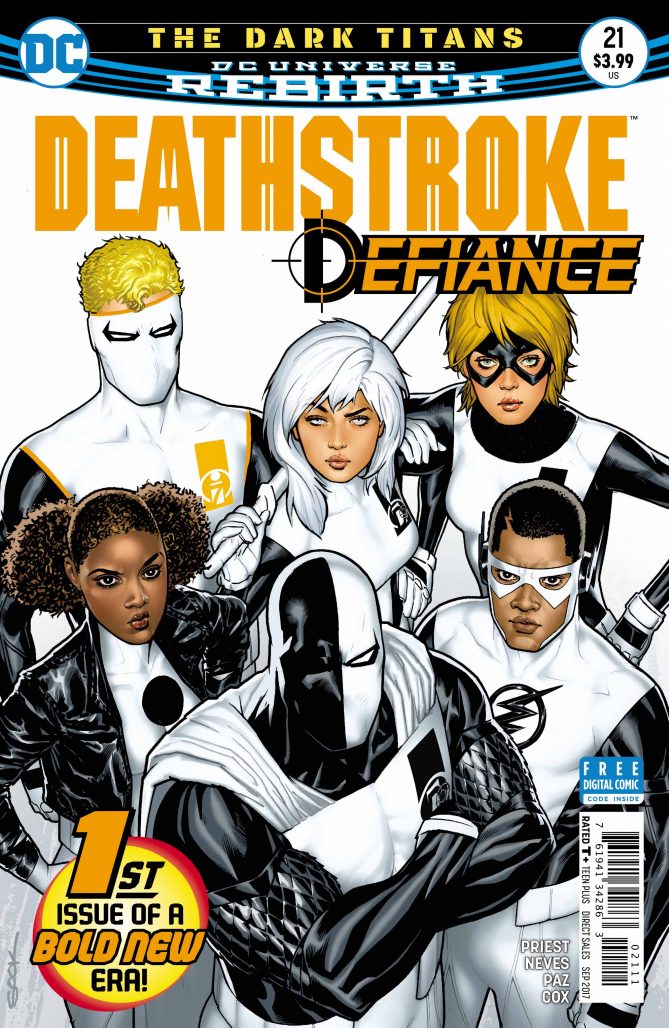
- Shade the Changing Girl #10 comes out this week. At this point, I think that I can safely say that this is one of those books I love but no longer quite understand. There’s a certain affect to it– visually and narratively, that makes this book a winner, but by removing Shade from the town she began her adventure in, the book feels unmoored. Certainly that’s intentional to some extent because this whole arc is about Shade trying to find a place of her own. However, it’s hard to fully comprehend her journey when every issue feels almost completely disconnected from the previous one. There are also just a lot of themes at play which make the book a little harder to parse on a monthly basis. I really really love this book nonetheless, but it’s become a series that I enjoy for the sublime feeling it gives me than any cogently cerebral reason.
- Deathstroke #21 is a real doozy. It’s interesting to see how DC Editorial have employed smaller crossover events like “The Lazarus Contract,” which saw Deathstroke come into conflict with the Teen Titans as Slade Wilson went on a desperate mission to go back in time and save his dead son. Most events like these don’t end up changing much in the end, but this one saw Slade’s very core fundamentally altered. At some point on his adventure through time and space, he saw God (Dr. Manhattan?) and decided that he wanted to make a change. He’s trying to get closer to his family, whom he previously tried to relate to through convoluted assassination attempts and intercontinental feuds. Thus, Defiance, a new team of superheroes including Kid Flash; Power Girl, Slade’s children Rose and Jericho; and Terra, all led in the field by Deathstroke himself. It’s clear that while Slade has changed, he’s still struggling with himself. And others are hoping to take advantage of his uneven moral and mental footing. I’m a little dubious about this book turning into a team story, but the execution in this issue was quite well done. If it continues to be done right, this book will be huge. And those costumes?! Crazy cool!
- Batman #26 continues the “War of Jokes and Riddles.” The concept behind this arc still screams “summer blockbuster” a little too much for my taste, but if you accept what it is and you’re into that kind of thing, King and Janin continue to create masterful set pieces for the various rogues gallery members to wreck havoc in. Janin’s work on Batman has been one of the best things DC added to their canon through Rebirth, and it’s a pleasure to continue to see him here.
- If you’re a more recent comics fan like I am and loved Greg Rucka’s return to Wonder Woman but didn’t have the chance to read his earlier work with the character, the second collected edition of his run is out today. I know I’m ready to max my credit for this trade.
Miss any of our earlier reviews? Check out our full archive!


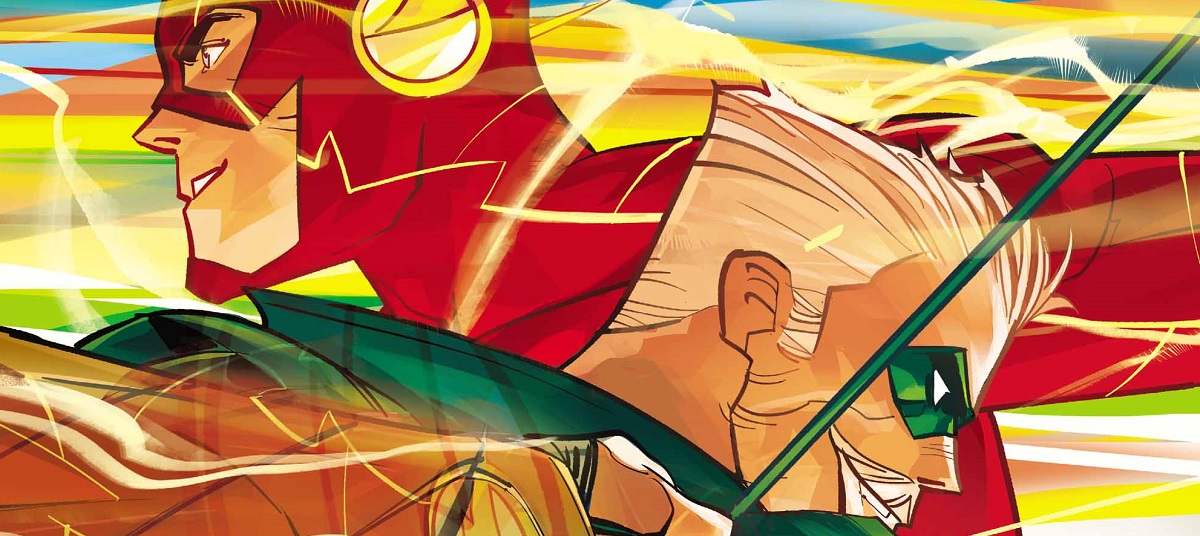
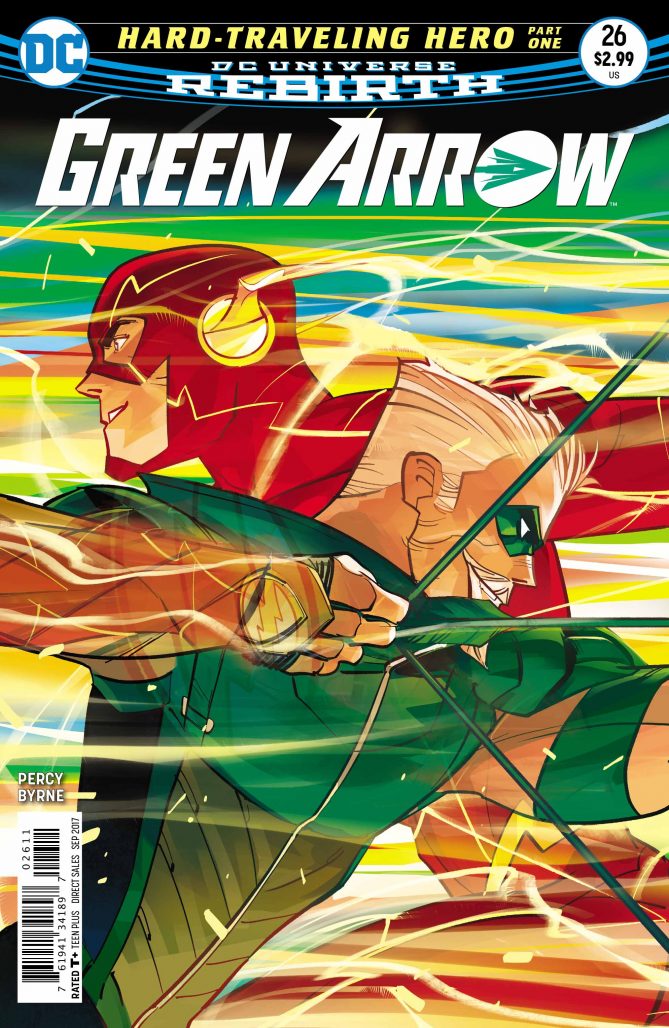
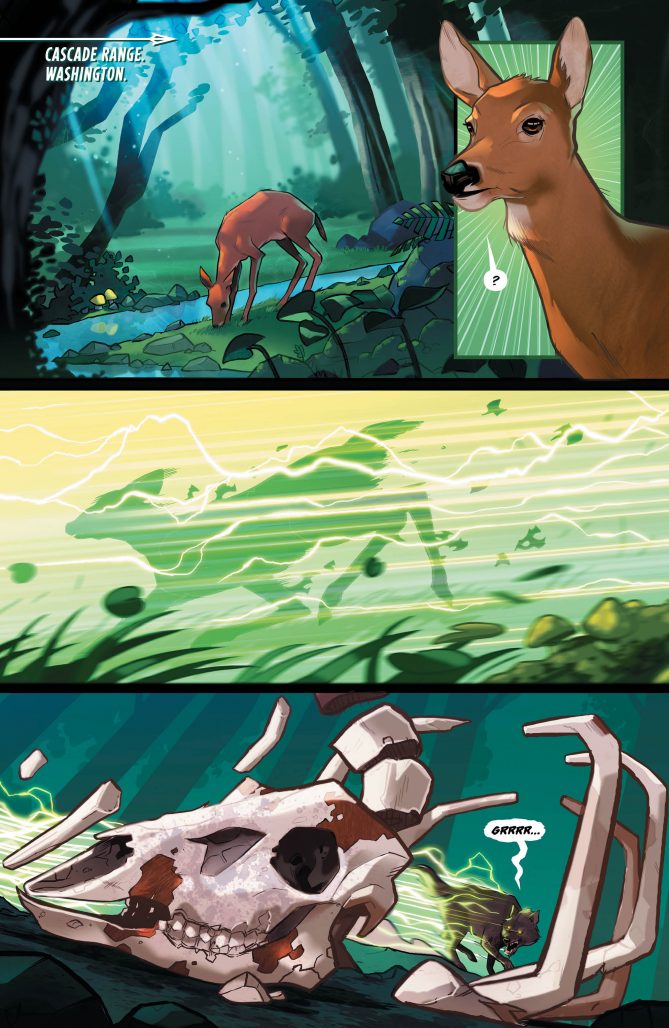
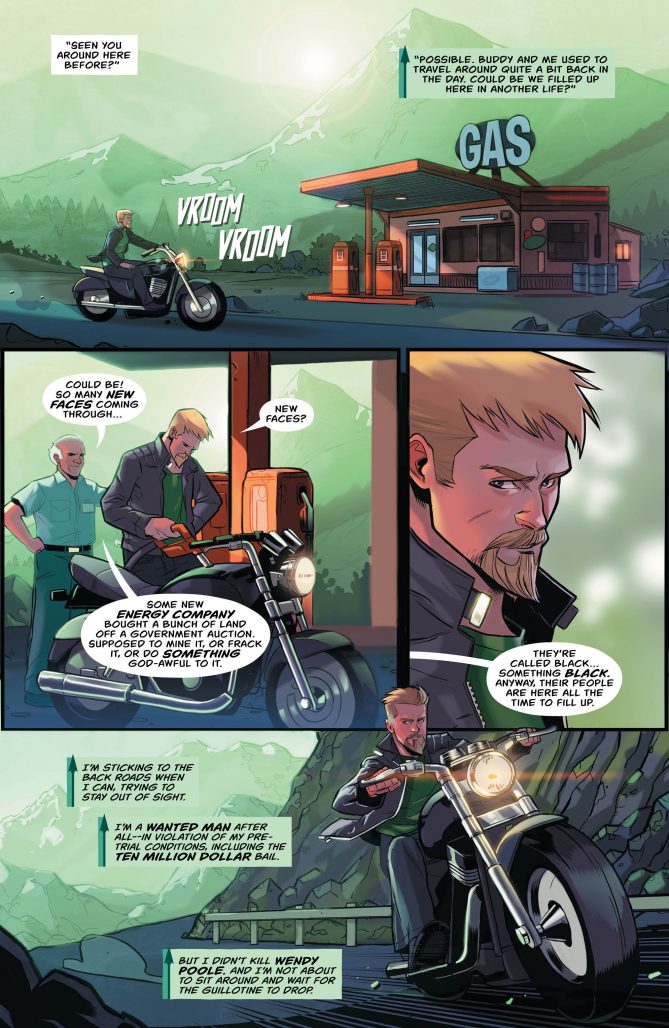
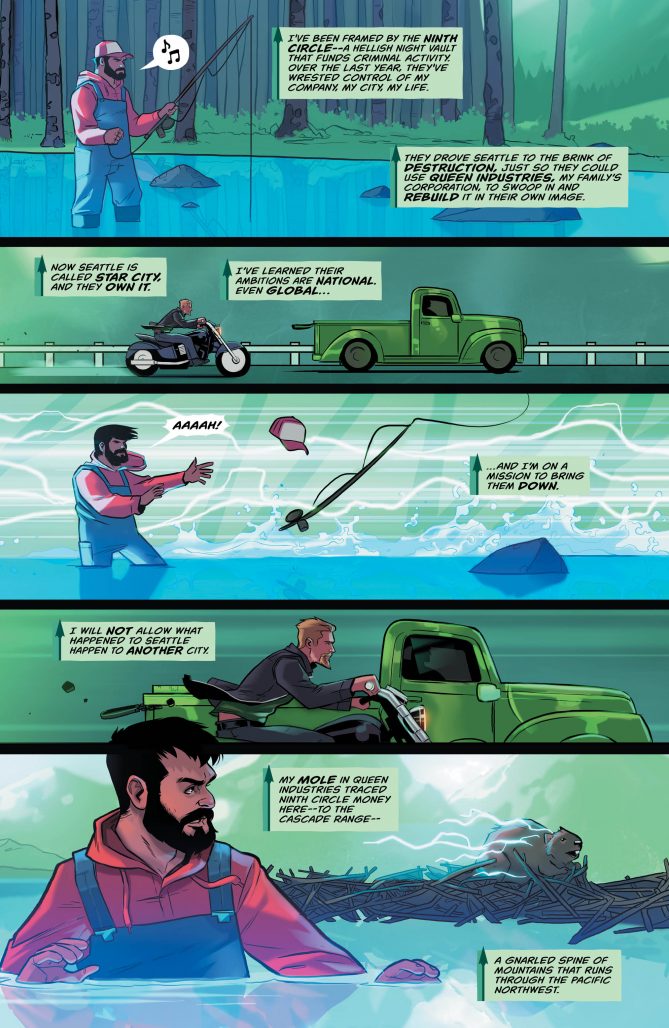

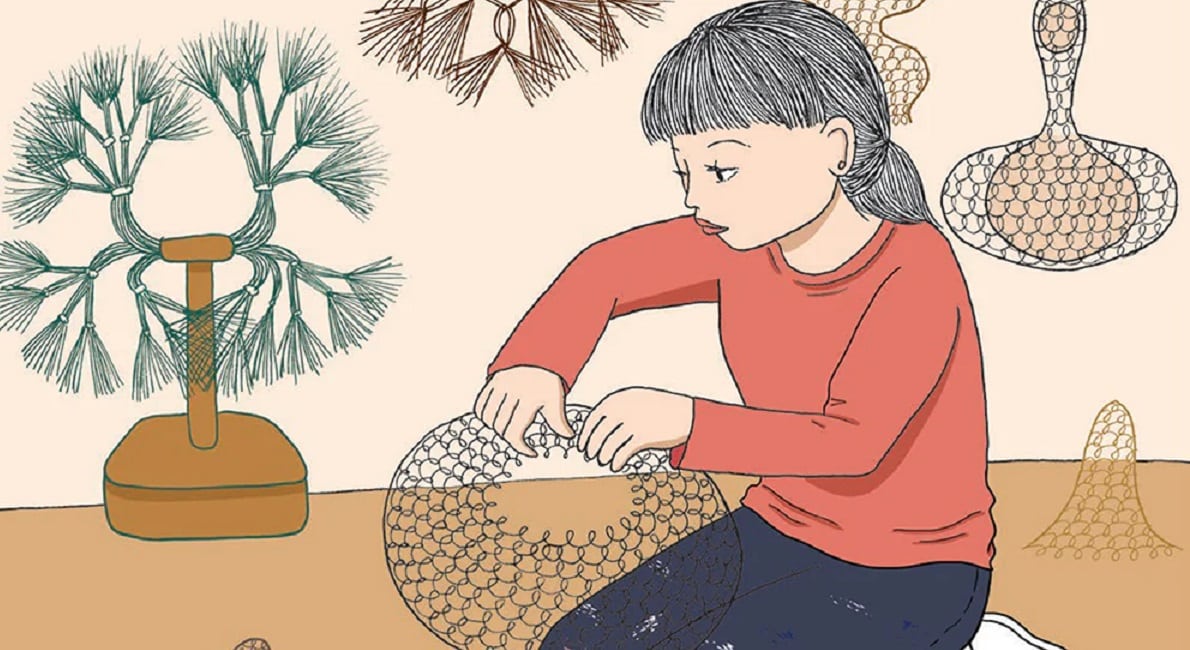



So you say ‘why GREEN ARROW is the comic of our political generation’. And generation that be? For at least forty years, Ollie aka Green Arrow has been a crusader for leftist politics. Sometimes it’s less noticible, oft times it’s to front and centre.
Comments are closed.